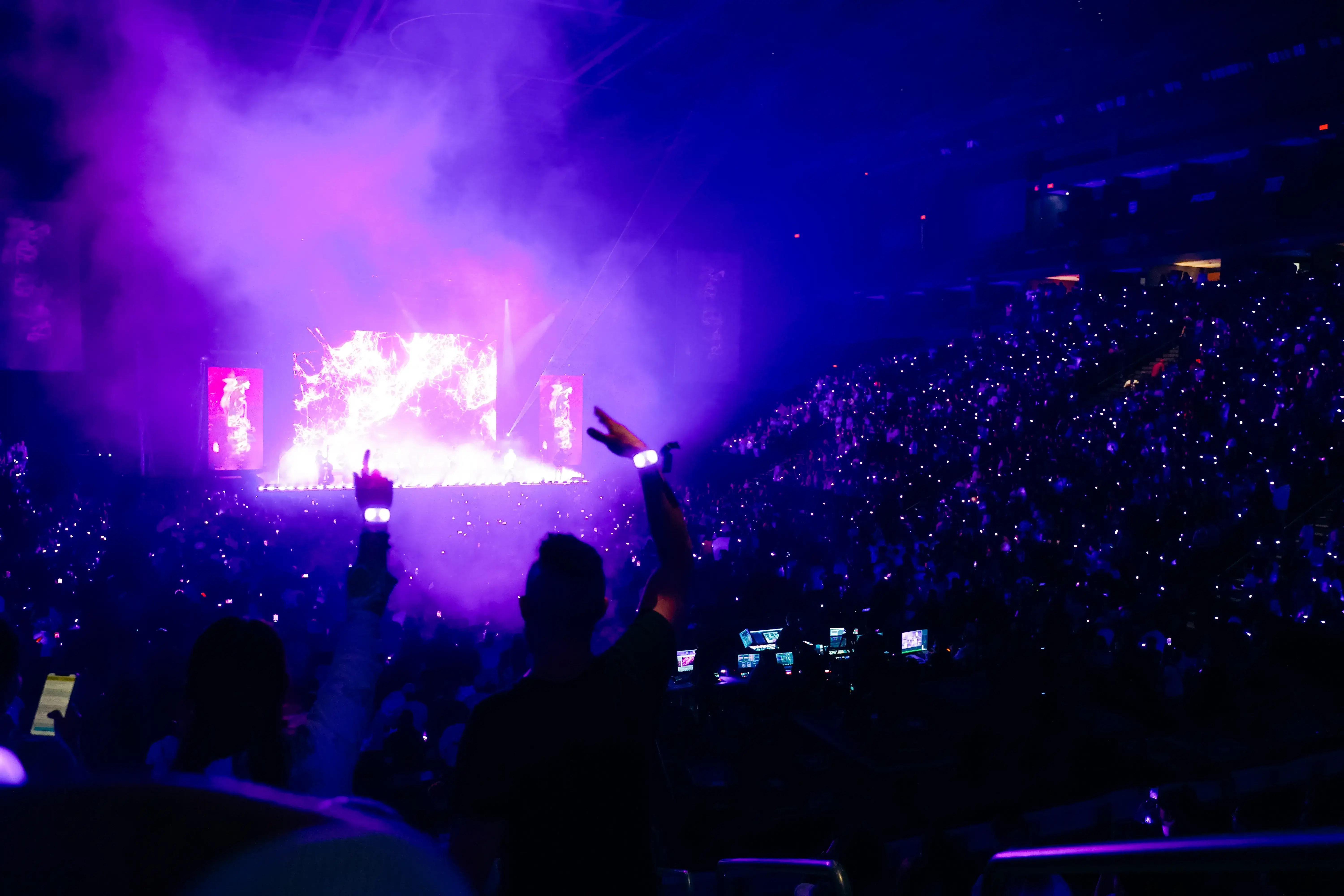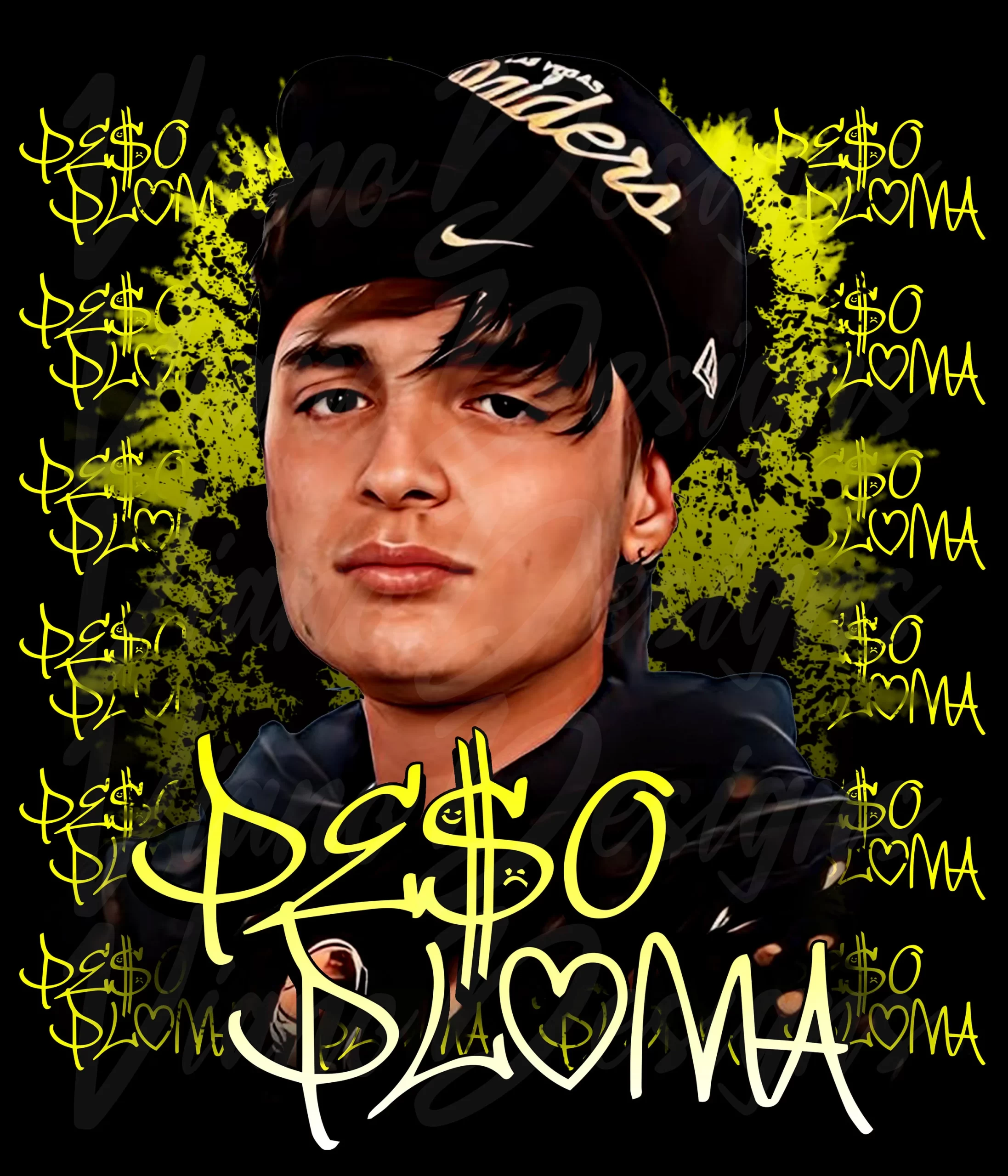Peso Pluma Age: Unveiling The Phenomenon You’ve Been Wondering About!
Ever heard of peso pluma age? If you're into boxing, this term is probably popping up more often than you’d think. Peso pluma age isn’t just a random phrase; it’s a buzzword in the world of combat sports that ties directly to one of the most exciting weight classes in boxing. From young prodigies to seasoned fighters, the pluma weight class has seen it all. So, buckle up because we’re diving deep into what makes peso pluma age so intriguing!
Boxing is more than just punches and knockouts. It’s a sport that thrives on strategy, discipline, and the right weight management. And when it comes to the pluma weight class, age plays a crucial role. Young fighters are emerging as future legends, while veterans continue to prove their worth in the ring. This dynamic mix keeps fans on the edge of their seats.
But why does peso pluma age matter so much? Well, it’s not just about the numbers. It’s about how age impacts a fighter's performance, career longevity, and overall success in this competitive weight category. Let’s break it down and explore everything you need to know about peso pluma age, from its origins to its current relevance in the boxing world.
- Jennifer Connelly In Bikini A Dive Into Her Iconic Looks And Journey
- Images Dakota Fanning A Look Into The Iconic Moments Of Hollywoods Young Star
What Exactly is Peso Pluma Age?
Let’s start with the basics. Peso pluma refers to the featherweight division in boxing, which typically includes fighters weighing between 122 and 126 pounds. Now, when we talk about peso pluma age, we’re looking at the average age range of fighters in this division. Historically, featherweight fighters have been younger compared to other weight classes, but that doesn’t mean they lack experience or skill.
Here’s the thing: the peso pluma age isn’t fixed. It varies depending on the region, promoter preferences, and even individual fighter development. Some prodigies enter the ring at 18 or 19, while others peak in their late 20s or early 30s. This age diversity adds layers of excitement to the pluma weight class.
Why is Age Such a Big Deal in Boxing?
In boxing, age can be both an advantage and a disadvantage. Younger fighters often bring raw energy, speed, and agility to the ring, but they might lack the tactical experience of older fighters. On the flip side, seasoned veterans have honed their skills over years of competition, but they may face physical limitations as they age. The sweet spot for peso pluma fighters tends to fall between their mid-20s to early 30s, where they’ve developed enough skill without losing too much physical prowess.
- January 18th Horoscope Unlock Your Cosmic Secrets Today
- On My Block Season 5 The Ultimate Fan Guide To Whatrsquos Next
But don’t get it twisted—age isn’t everything. Fighters like Manny Pacquiao have shown that talent and determination can transcend age barriers. In fact, some of the greatest fights in boxing history have featured pluma weight fighters who defied the odds based on their age.
Key Stats and Trends in Peso Pluma Age
Data doesn’t lie, and when it comes to peso pluma age, the numbers tell an interesting story. According to recent studies, the average age of featherweight fighters has been steadily increasing over the past decade. While traditionally, featherweights were seen as "young guns," today’s fighters are proving that experience matters just as much.
Here are some key stats to chew on:
- Average peso pluma age in the 1980s: 23-25 years old
- Average peso pluma age in the 2020s: 26-28 years old
- Highest win rate among pluma fighters: mid-20s to early 30s
- Youngest fighter to win a major featherweight title: 19 years old
These numbers highlight the evolving landscape of the peso pluma division. Fighters are staying competitive longer, thanks to better training methods, improved nutrition, and advancements in sports science.
Top Peso Pluma Fighters by Age
Let’s take a moment to appreciate some of the greatest peso pluma fighters who’ve made waves at different stages of their careers. Here’s a quick rundown:
- Ricardo López: Known as the "Pound-for-Pound King," López won his first featherweight title at 21 and dominated the division for over a decade.
- Manny Pacquiao: Although he fought in multiple weight classes, Pacquiao’s featherweight days were legendary. He became a household name in his mid-20s.
- Nonito Donaire: A Filipino sensation who reached his prime in his late 20s, Donaire proved that age and experience can coexist perfectly in the ring.
Each of these fighters brought something unique to the table, and their stories continue to inspire aspiring boxers around the world.
How Peso Pluma Age Impacts Training and Performance
Training for the peso pluma division isn’t a one-size-fits-all approach. Fighters in this weight class must balance strength, speed, and endurance, all while maintaining their ideal fighting weight. Age plays a critical role here because younger fighters might focus more on explosive power, while older fighters emphasize strategy and technique.
For instance, younger fighters might prioritize high-intensity interval training (HIIT) to build stamina, while older fighters incorporate yoga and flexibility exercises to maintain mobility. Additionally, nutrition plays a massive role in managing peso pluma age. Proper diet and hydration ensure that fighters stay within their weight limits without sacrificing performance.
Tips for Managing Peso Pluma Age
If you’re a budding featherweight fighter or simply curious about how peso pluma age affects performance, here are some tips:
- Focus on building a strong foundation through consistent training.
- Adopt a balanced diet rich in protein, carbs, and healthy fats.
- Stay mentally sharp by practicing visualization and mindfulness techniques.
- Embrace the learning process—every fight is an opportunity to grow.
Remember, success in the peso pluma division isn’t just about physical prowess; it’s about mental resilience and adaptability.
The Future of Peso Pluma Age
As boxing continues to evolve, so does the peso pluma division. With advancements in technology and sports science, fighters are breaking barriers that were once thought impossible. We’re seeing younger fighters enter the ring with unprecedented skill levels, while older fighters extend their careers through smarter training methods.
Looking ahead, the peso pluma age trend will likely continue to shift. Expect to see more cross-generational matchups, where youth clashes with experience. This dynamic will keep fans engaged and make the pluma weight class even more thrilling.
Emerging Talents to Watch Out For
There’s no shortage of talent in the peso pluma division. Here are a few up-and-coming fighters who could redefine the peso pluma age landscape:
- Rey Vargas: A Mexican sensation with a knack for delivering knockout punches.
- Leo Santa Cruz: A three-time featherweight champion known for his incredible ring IQ.
- Carl Frampton: A British fighter whose technical prowess has earned him global acclaim.
These fighters represent the future of the peso pluma division, and their stories are just beginning.
Conclusion: Why Peso Pluma Age Matters
To sum it up, peso pluma age is a fascinating aspect of boxing that influences everything from training methods to career longevity. Whether you’re a fan of young prodigies or seasoned veterans, the pluma weight class offers something for everyone. The evolving nature of peso pluma age ensures that the division remains competitive and exciting.
So, what’s next for peso pluma fighters? Only time will tell, but one thing’s for sure—this weight class will continue to produce some of the most memorable fights in boxing history. If you enjoyed this deep dive into peso pluma age, feel free to share your thoughts in the comments below. And hey, don’t forget to check out our other articles for more insights into the world of boxing!
Table of Contents
- What Exactly is Peso Pluma Age?
- Why is Age Such a Big Deal in Boxing?
- Key Stats and Trends in Peso Pluma Age
- Top Peso Pluma Fighters by Age
- How Peso Pluma Age Impacts Training and Performance
- Tips for Managing Peso Pluma Age
- The Future of Peso Pluma Age
- Emerging Talents to Watch Out For
- Conclusion: Why Peso Pluma Age Matters



Detail Author:
- Name : Angelina Legros
- Username : ncormier
- Email : penelope.sauer@hotmail.com
- Birthdate : 1995-08-23
- Address : 6436 Nathan Gardens Lake Ryley, RI 13445-9832
- Phone : 479-328-9489
- Company : Pacocha and Sons
- Job : Sociology Teacher
- Bio : Ut non inventore nisi est maxime. Sed est occaecati sit blanditiis delectus ea vel. Ab nesciunt vel autem nobis iste aut. Id adipisci esse cum cum in qui.
Socials
tiktok:
- url : https://tiktok.com/@hazel7832
- username : hazel7832
- bio : Veritatis fuga soluta in nihil laudantium.
- followers : 3117
- following : 2862
facebook:
- url : https://facebook.com/wiegand1995
- username : wiegand1995
- bio : Assumenda excepturi voluptatum non. A necessitatibus rerum facere qui.
- followers : 468
- following : 2553